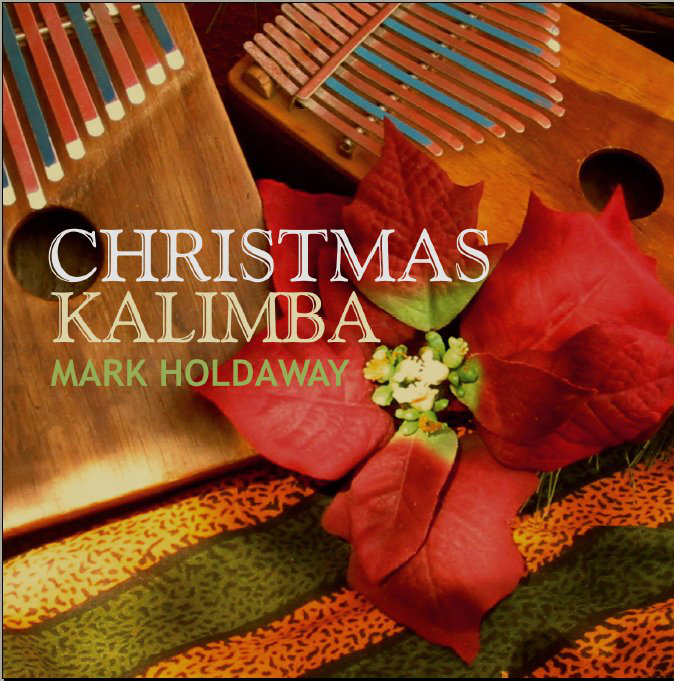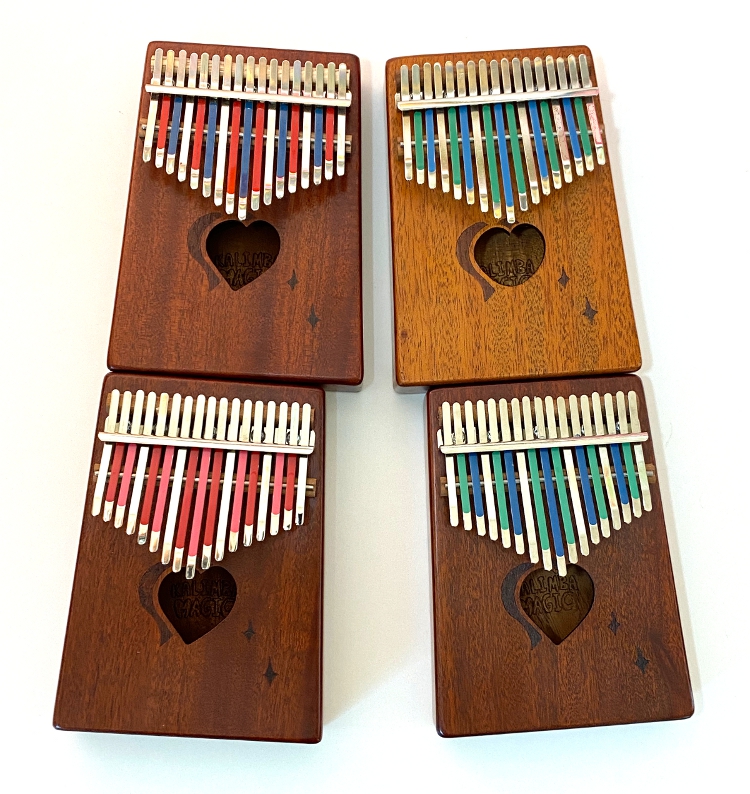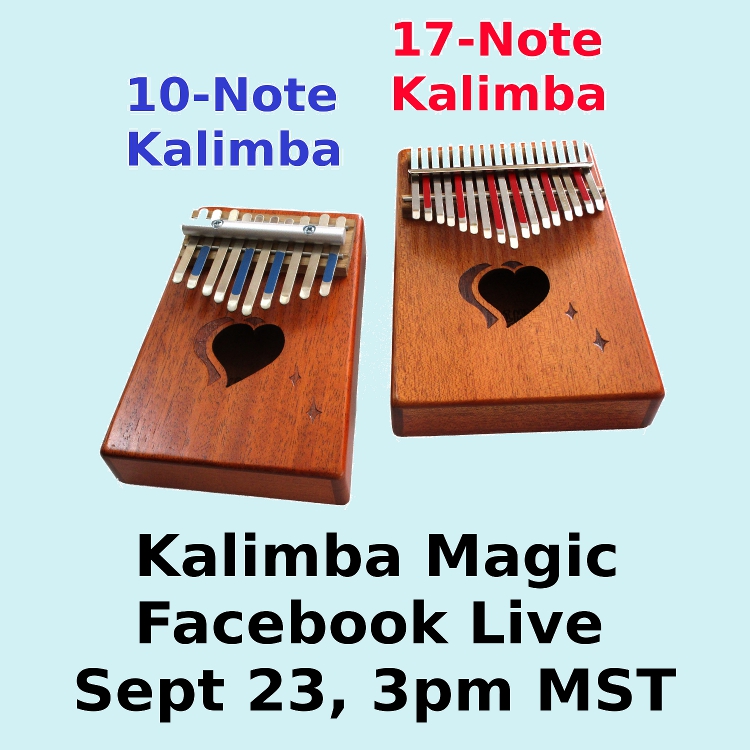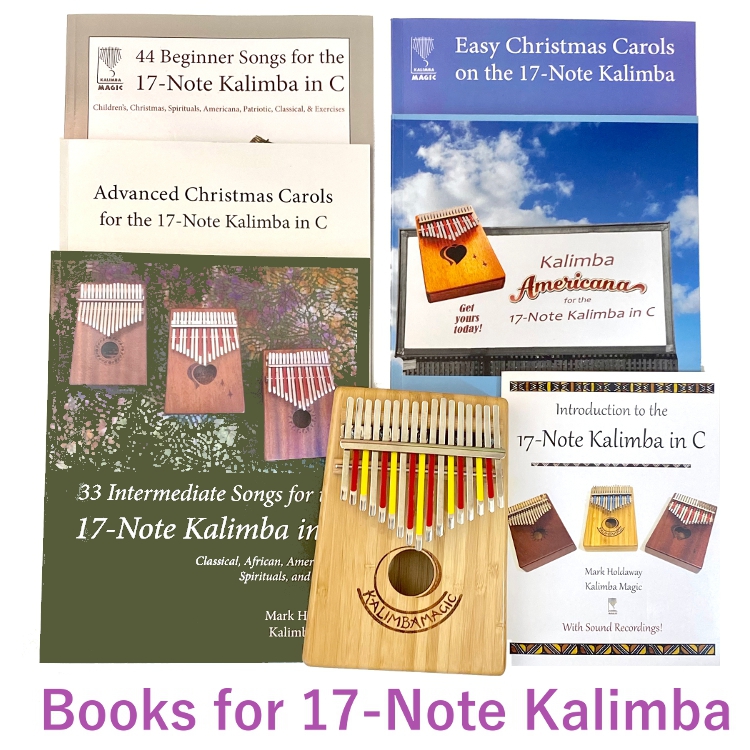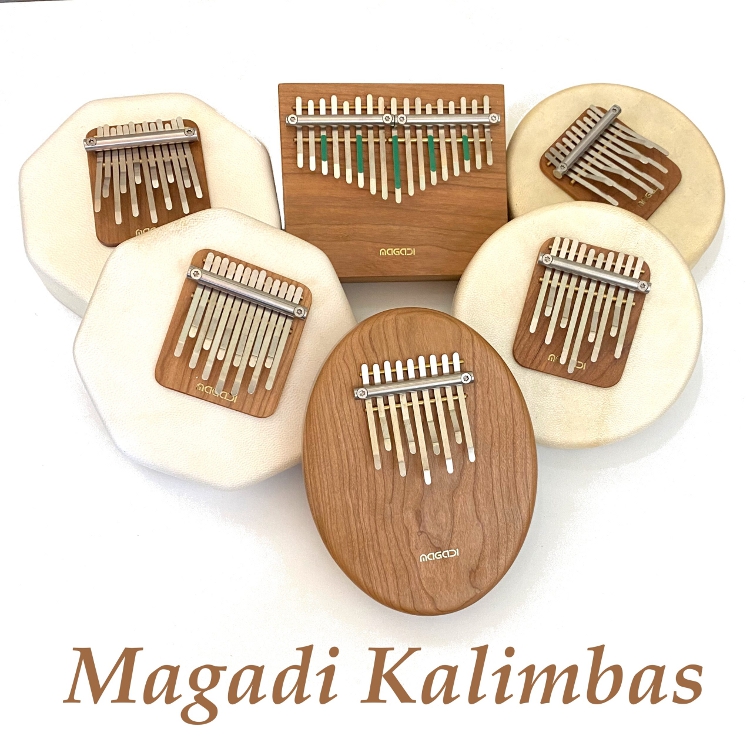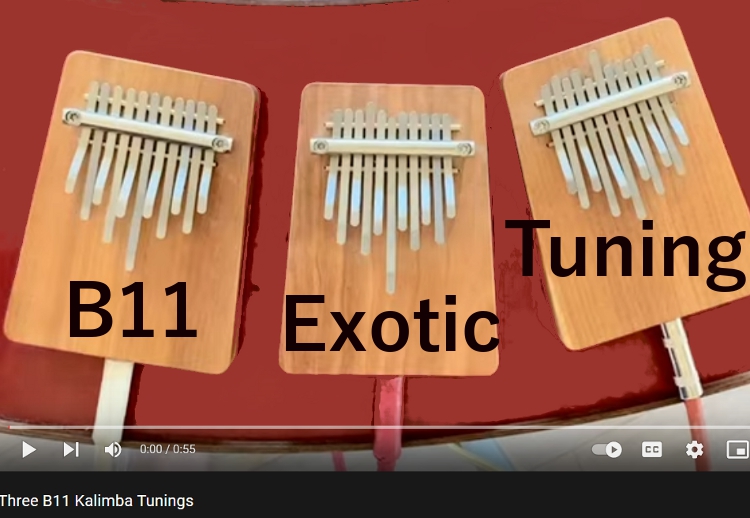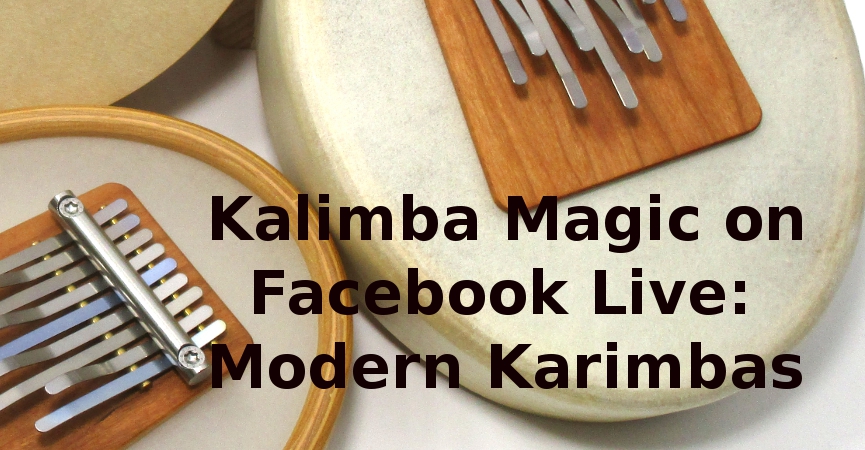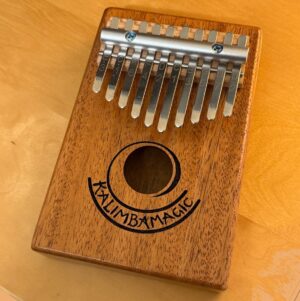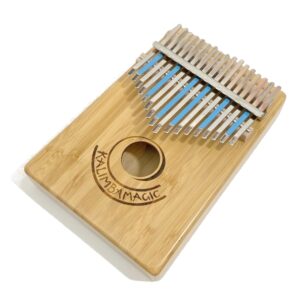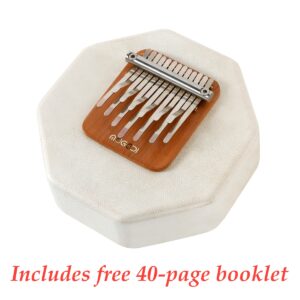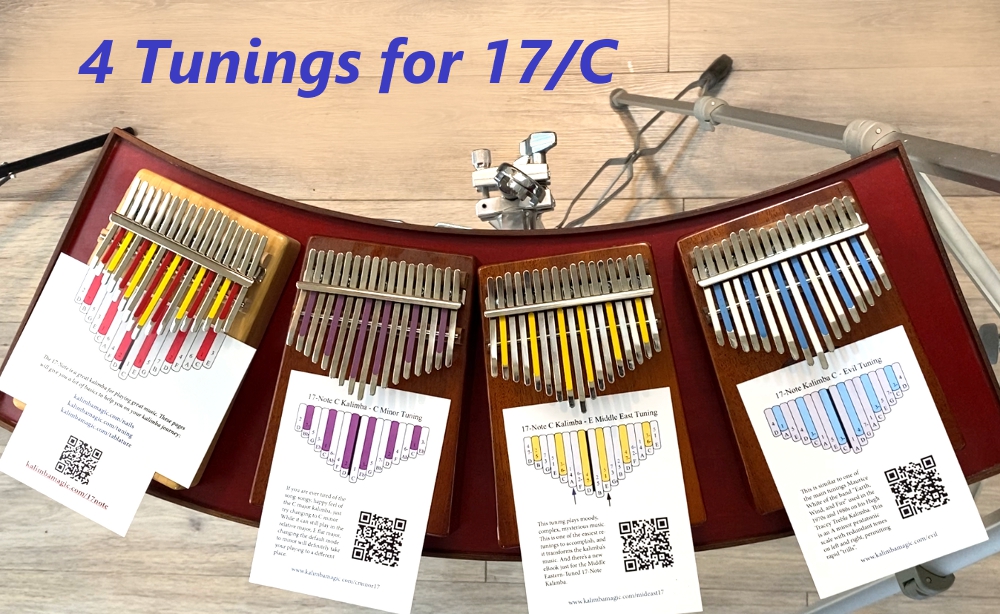
Four Tunings for the 17-Note Kalimba
Different Kalimba Tunings Inspire Different Musics How many great tunings are available to your 17-Note Kalimba? Realistically, I would say there are thousands of excellent tunings, but most of them haven’t been discovered yet. But here are four of the tunings that people ask for the most, in a 60-second video that lets you compare and contrast the tunings… by going backward and forward. Left to right: (red) Standard C Major Tuning. (purple) C Minor Tuning. (yellow) Middle Eastern Tuning. (blue) EW&F “Evil” Tuning. You can get any of these tunings on any of the 17-Note Kalimbas in C. I’ve written tons of stuff for the 17-Note Standard C Tuning:

